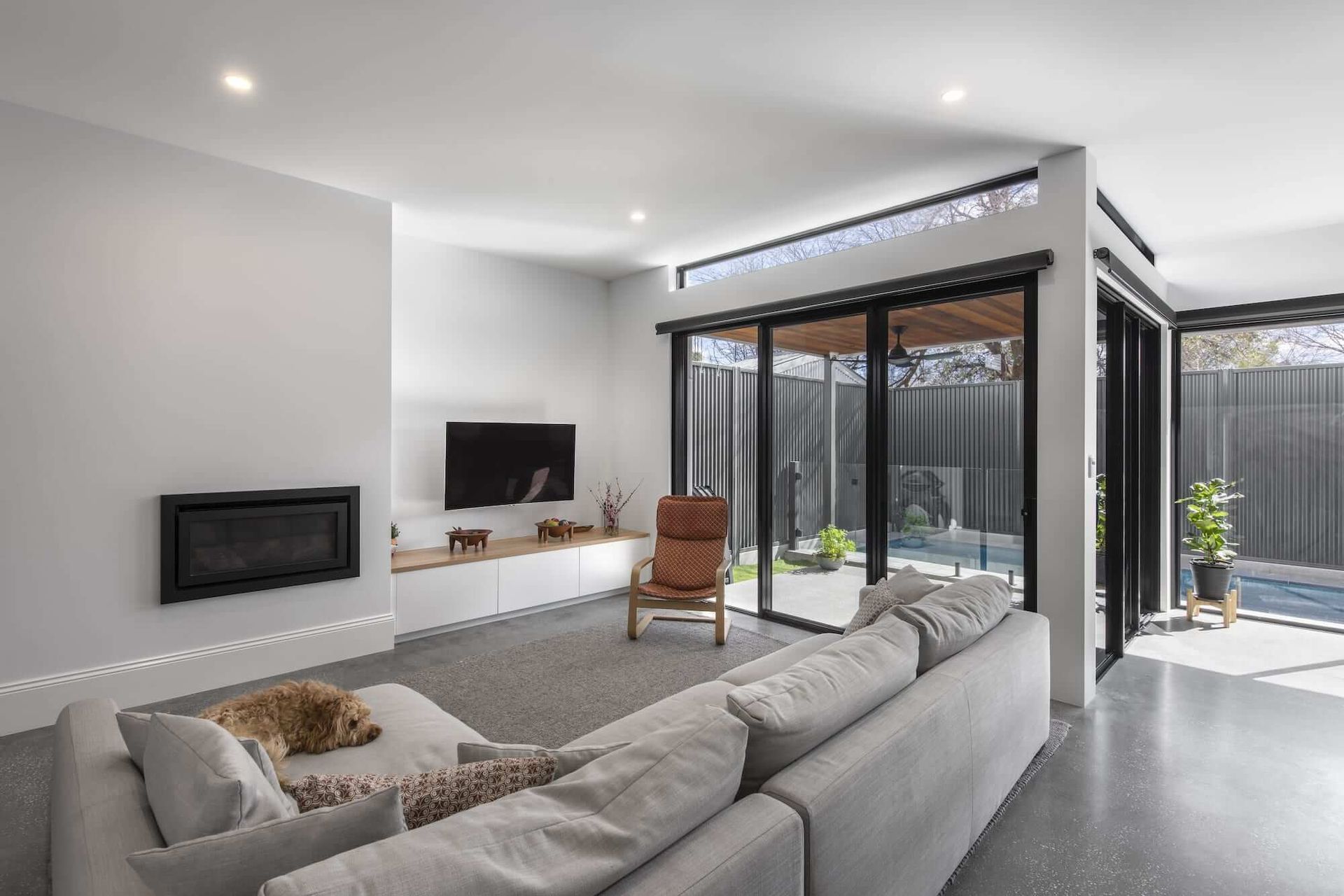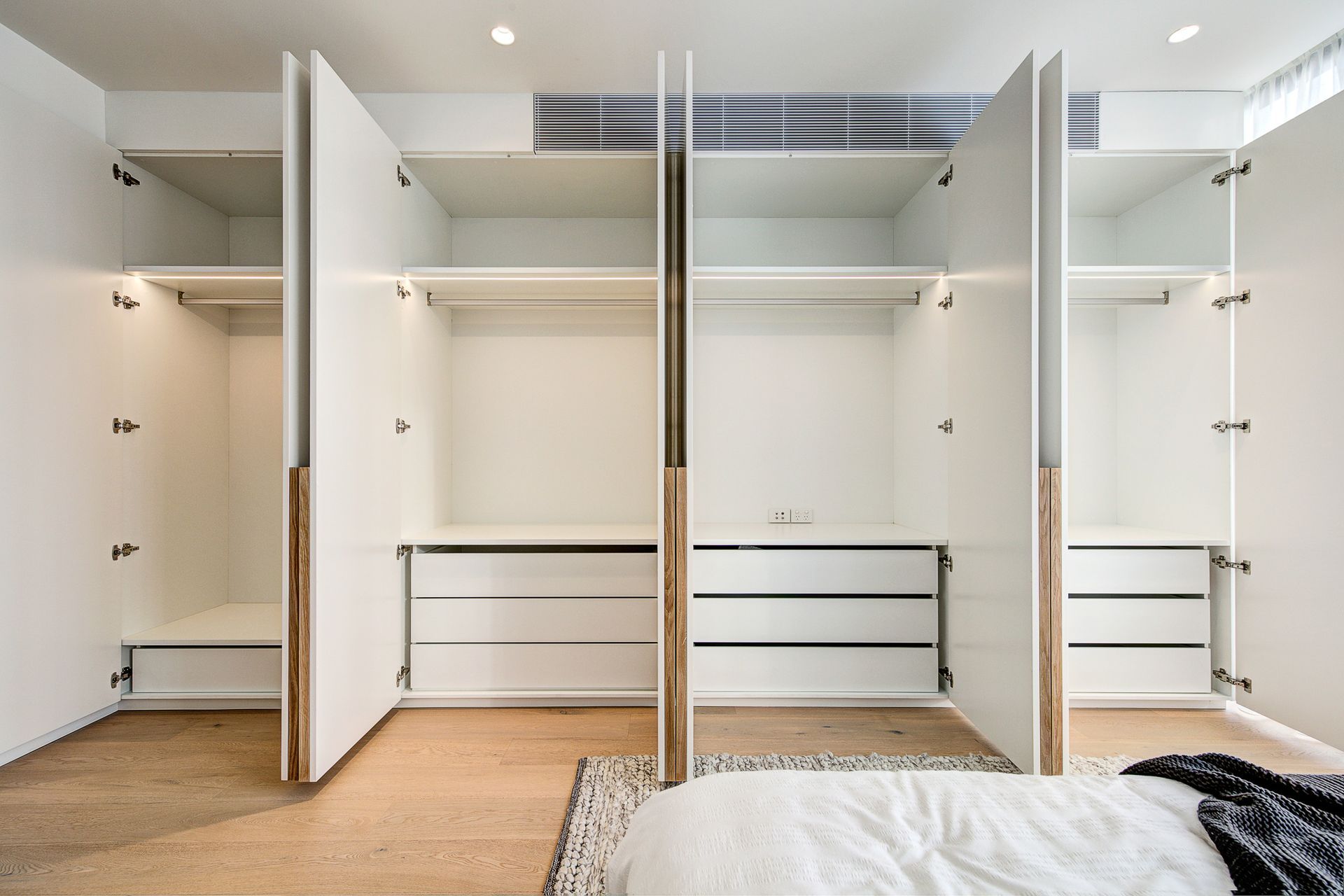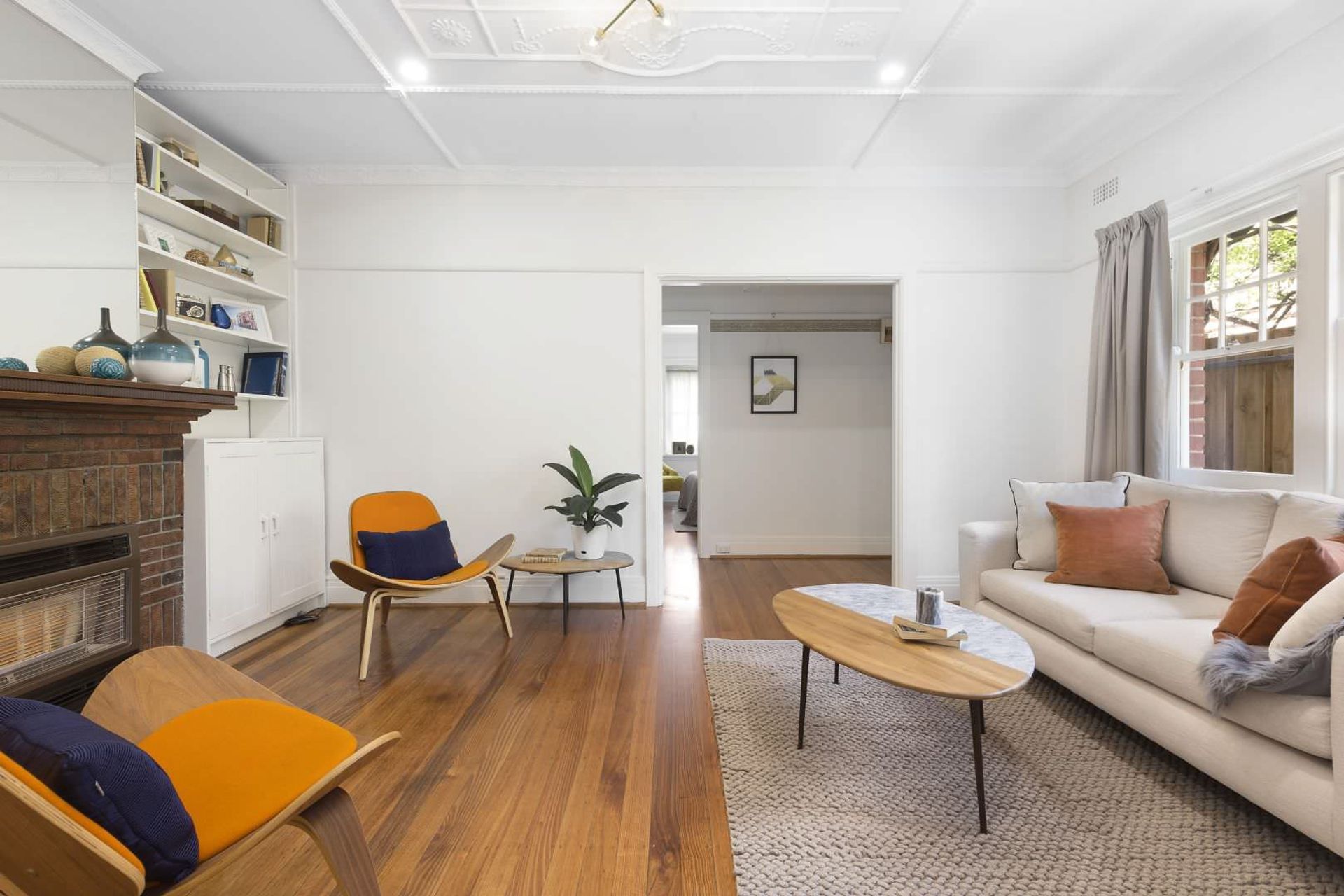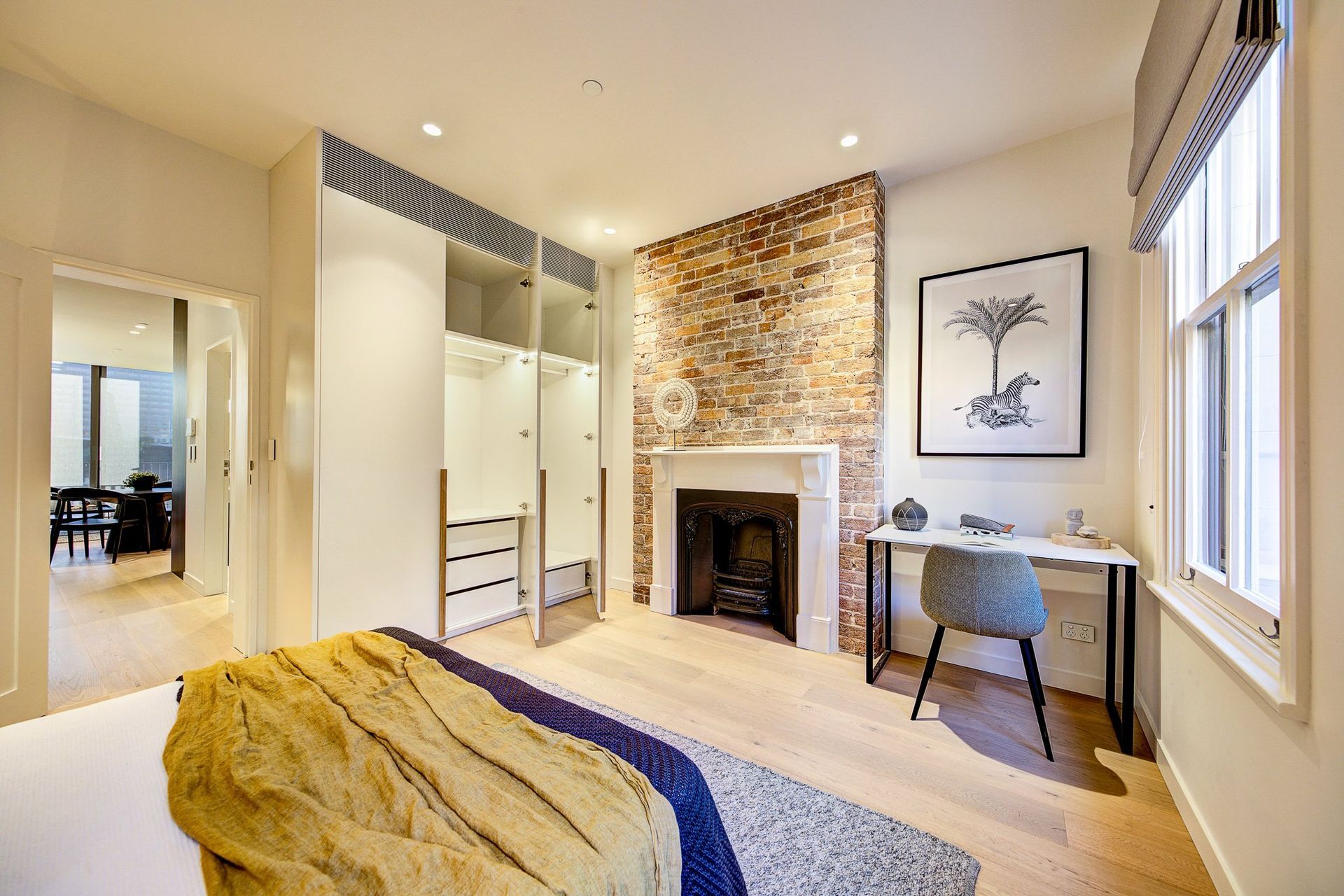Downlights: How to work out how many you need in a room

Downlights are a popular choice in many homes. In this handy guide, we'll give you an easy-to-follow formula for working out how many downlights per room you need to ensure adequate lighting and what additional factors are important to consider.
How to calculate the number of downlights required for a space?
The number of downlights required for a space can be estimated with some simple calculations. Generally, one downlight is needed for every 1.5 to 2 square metres of ceiling area.
Here's a step-by-step guide:
1. Start by measuring your room to find out its total area. You can do this by multiplying the room's length by its width (in metres). For instance, if you have a room that's 6 metres long and 4 metres wide, your total area will be 24 square metres.
As a formula, this calculation looks like: Calculate Room Area: Area = Length × Width
2. Then, divide this number by 1.5 or 2, depending on how much light you want in the room. If you're looking for more light, use 1.5; if you want less light, use 2. In this example, dividing 24 square metres by 1.5 gives you 16 downlights. If you use 2 instead, you get 12 downlights.
As a formula, this calculation would look like: Number of Downlights: Area ÷ 1.5 (for more light) or 2 (for less light).
It's important to remember that this is an estimate. Factors such as room purpose, ceiling height, and the balance between ambient and task lighting may affect the total number.
Related article: The ultimate guide to ceiling lights
Factors affecting the number of downlights you need
Figuring out the best number of downlights for a room isn't simply about personal taste; various important aspects need to be considered, such as:
The size of the room
The room's size significantly influences how many downlights you need. Bigger rooms generally need more light, which can mean more downlights, while smaller spaces will generally need fewer. You should also consider the amount of natural light a room gets as this may affect whether you need any additional downlights.
Light a whole room or a specific area
When planning your room's lighting set up, a key question you need to ask is whether you downlights for the entire room or just for a certain area.
If you want to light up the whole room evenly, you'll need to distribute downlights across the entire ceiling. This approach is ideal for spaces where consistent light is needed in every corner, like a kitchen or home office. Make sure you evenly space the lights to prevent creating overly bright spots or areas that are too dark.
On the other hand, you may only want to illuminate specific areas in a room. For example, in a living room, you might want downlights over a reading nook or a special piece of art. In this case, the placement of your lights becomes more focused on these key areas, and you might not need as many.
Alternatively, in a kitchen or study room, you might want more light to safely and effectively perform tasks, pushing you to lean towards the higher end of your estimate.
The type and purpose of a room
The number and configuration of downlights you need can vary depending on the room's intended use. For instance, in spaces like kitchens or study rooms where tasks require precision, you might opt for more downlights to ensure adequate brightness. Such areas often benefit from being on the higher end of light output, allowing you to work safely and efficiently.
In contrast, rooms like bedrooms or lounges, where a calming atmosphere is more desirable, might only need a few downlights to create the desired feeling. It's important to adjust the intensity and number of downlights based on the room's function.
Related article: Downlights: The essentials
Think about downlight placement and position
It's important to put downlights in the right spots to light up a room effectively. If you put these lights randomly or too close to each other, they can create harsh shadows, cause glaring, or result in a room that's not evenly lit. On the other hand, if you put these lights too far from each other, some parts of the room might not get enough light.
Here are a few tips for optimal downlight placement:
- Try and ensure even distribution: Try to space out each light evenly on the ceiling for balance. This can help avoid overly bright spots and areas that are too dark.
- Stay away from walls: Make sure to place downlights at least half a metre away from walls. If they're too close, they can create a 'washing' effect on the walls or cause shadow lines along the room's edges.
- Highlight important areas: It's a good idea to place downlights in specific places to highlight areas that need more light, like home office areas or kitchen counters.

Choosing the right downlights: quality over quantity
While having a well-lit room is crucial, having more downlights doesn't always mean better lighting. The type of light each small ceiling light produces, including its brightness, colour temperature, and energy efficiency, often matters more than how many there are.
Too many downlights can result in a room being too bright, which wastes energy and can make a room too bright, create glare, and detract from the room's overall look.
Instead of simply adding more downlights, consider these strategies to enhance lighting quality:
- Choose high-quality downlights: Choose downlights that give off a good amount of light, have a pleasant colour temperature, and are energy-efficient. LED downlights are usually a good pick, as they give off a lot of light, last a long time, and LED lighting tends to use less energy than traditional light bulbs.
- Think about dimmable downlights: These lights allow you to change the level of light to match different activities and times of the day. With dimmable small ceiling lights, you can have bright light for tasks and soft light for relaxation.
- Consider light colour, average light intensity and light output: Consider light colour, intensity, and output: The colour temperature (measured in Kelvin) affects mood: warm light gives a cosy feel, while cool light feels lively. Additionally, ensure your downlights have the appropriate brightness (intensity) and emission (output in lumens) for the room's purpose.
- Consider your rooms existing lighting scheme and light levels: Considering your room's existing lighting levels and setup can help determine whether you need to add more downlights or a different type of light. Adding lighting solutions, such as table lamps, wall lights, accent lighting or LED lamps, may enough to get the level of light you're after, particularly if you're only looking to make slight adjustments, or highlight a particular area of a room.
Related article: 6 popular types of downlights: styles, prices, bulbs, and FAQs

If in doubt, seek professional advice
Getting advice from lighting designers can help you create the perfect lighting setup for your room. They can recommend the best types of downlights and guide you on their optimal placement, ensuring the appropriate lighting level for the room's purpose and design.
Wrapping it up
As you can see, the number of downlights required in a room hinges primarily on its size and height. Beyond these factors, considering the room's intended use and the kind of atmosphere you want to create is crucial. The goal is to ensure that the lighting adds to the room's overall feel and functionality, making it both a practical and inviting environment.
Discover a wide range of downlights from Australia's top suppliers on ArchiPro



